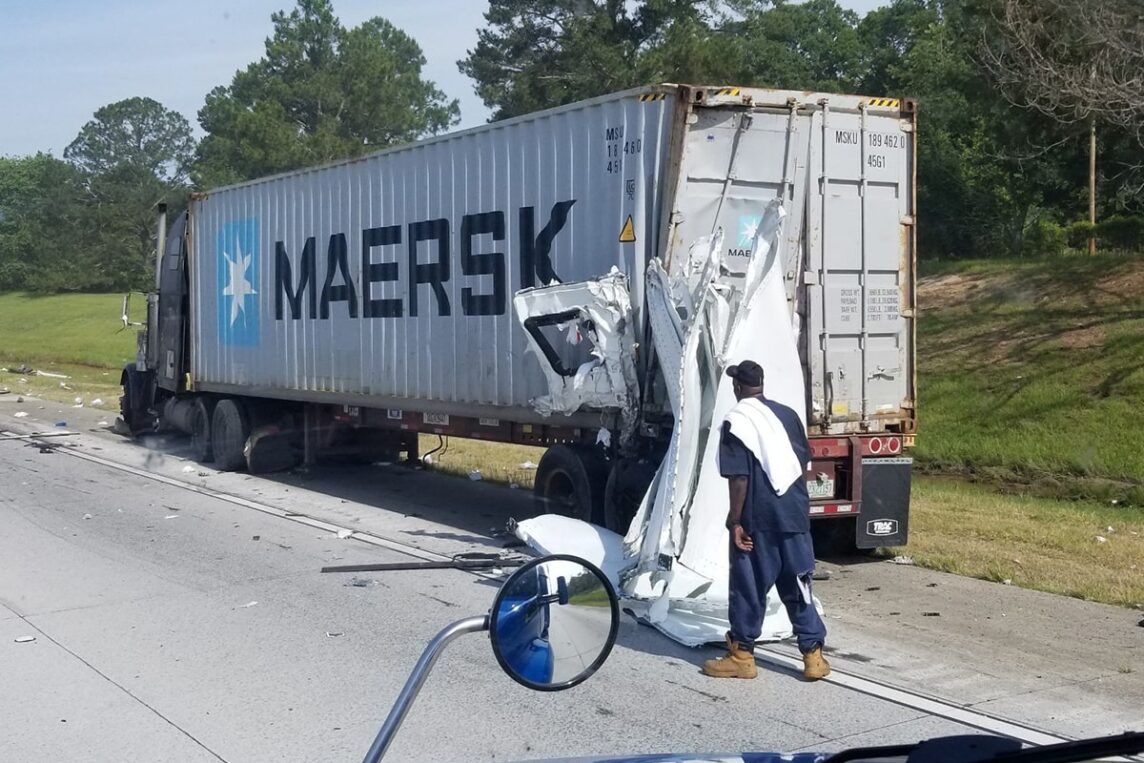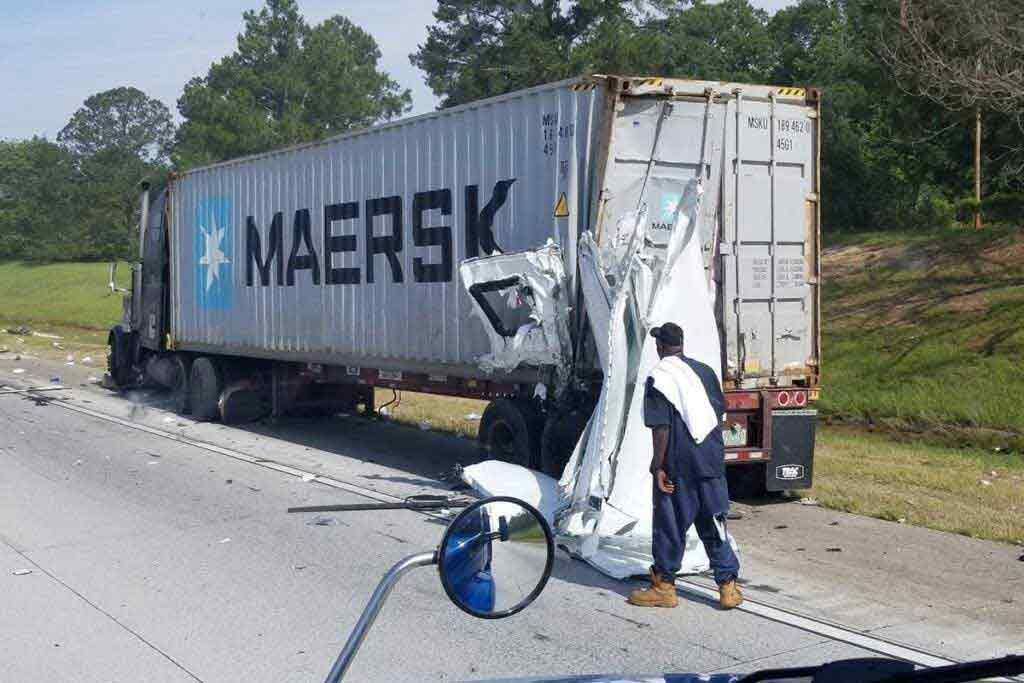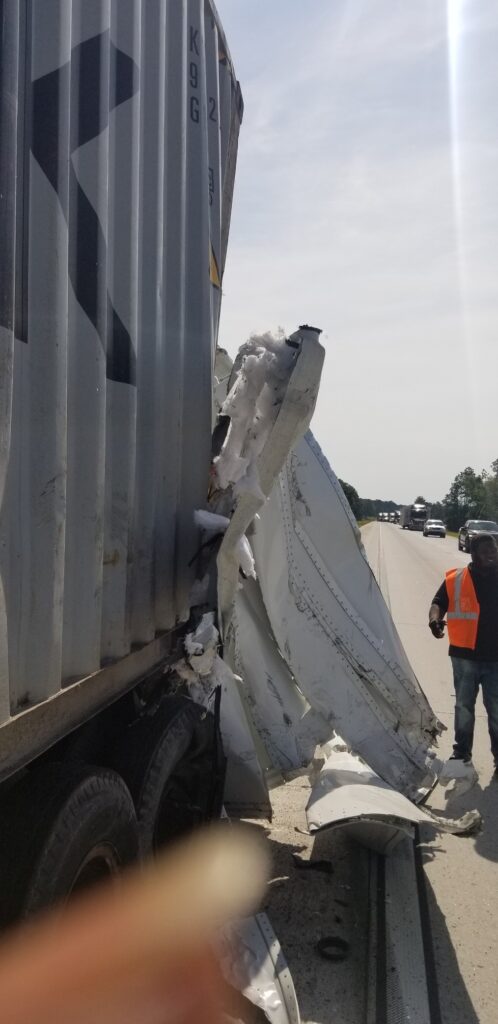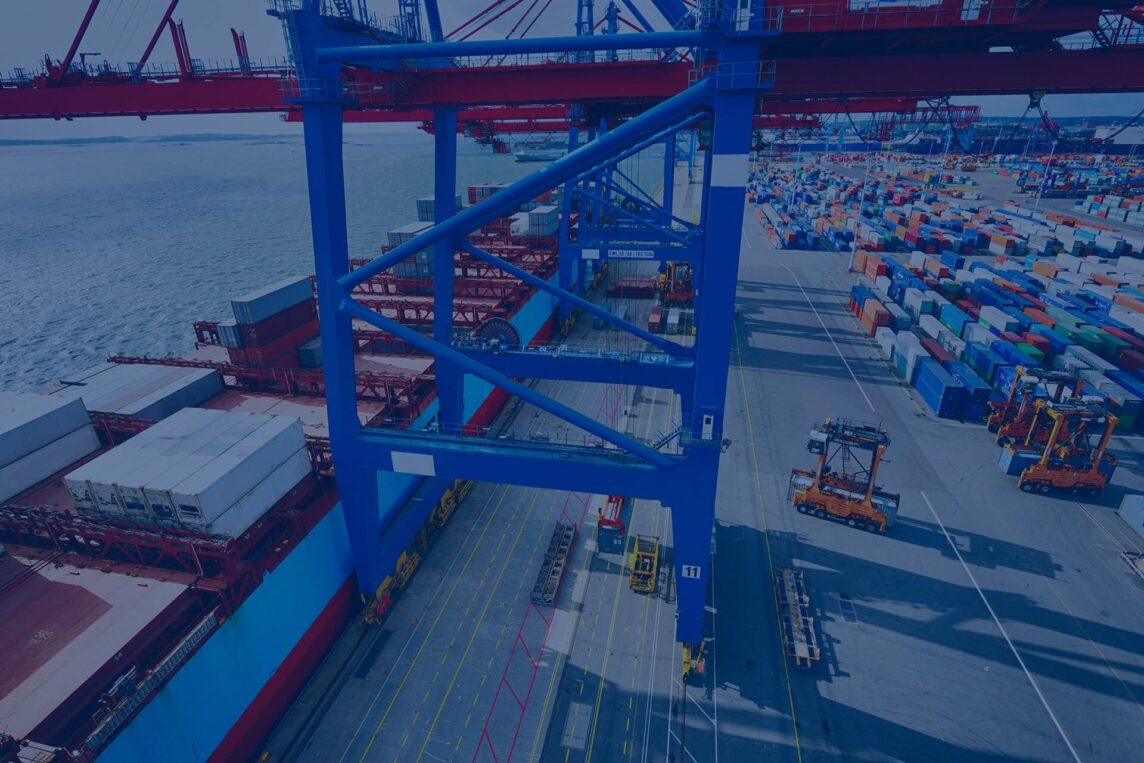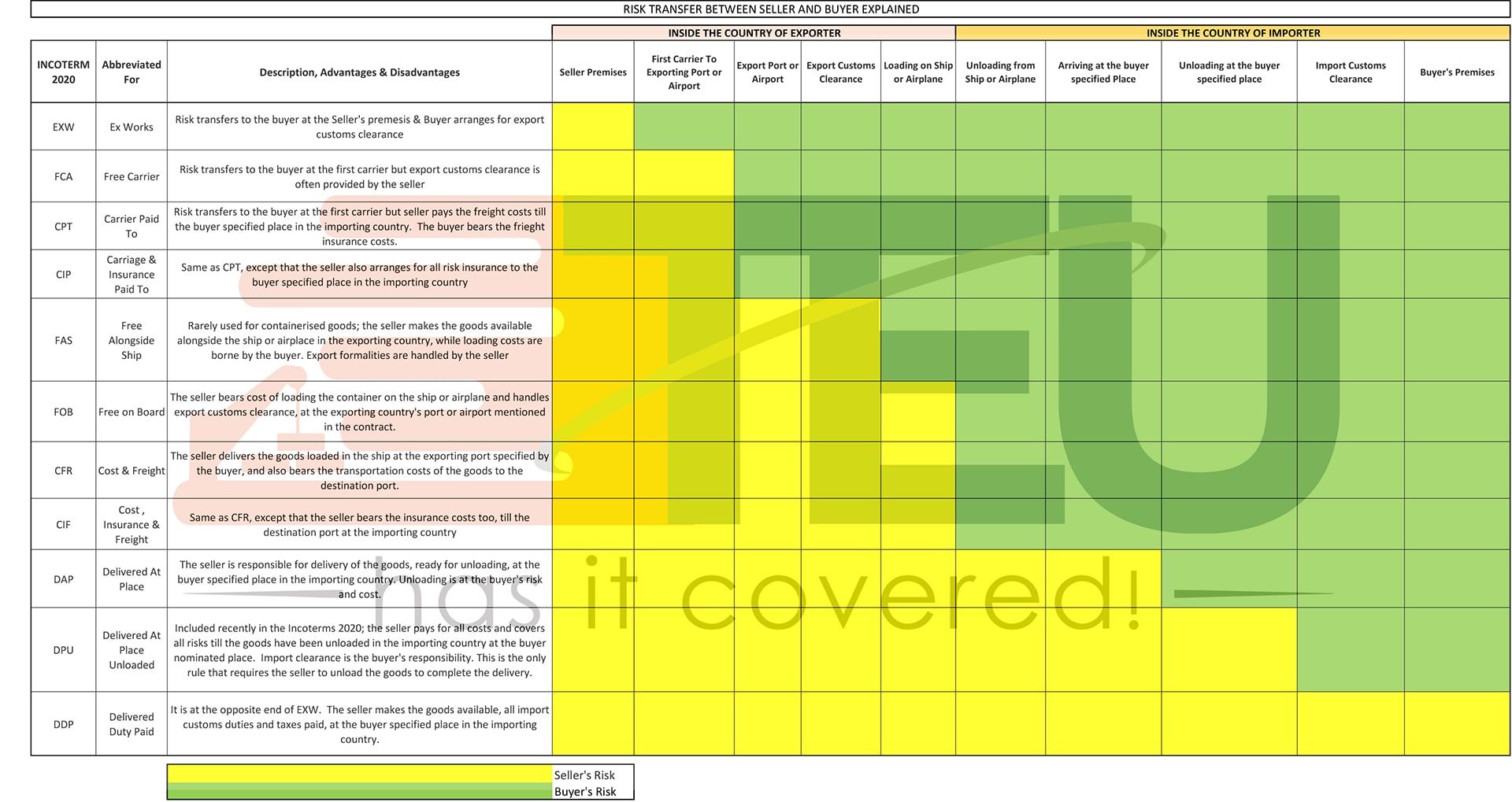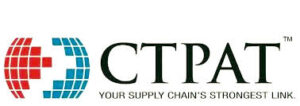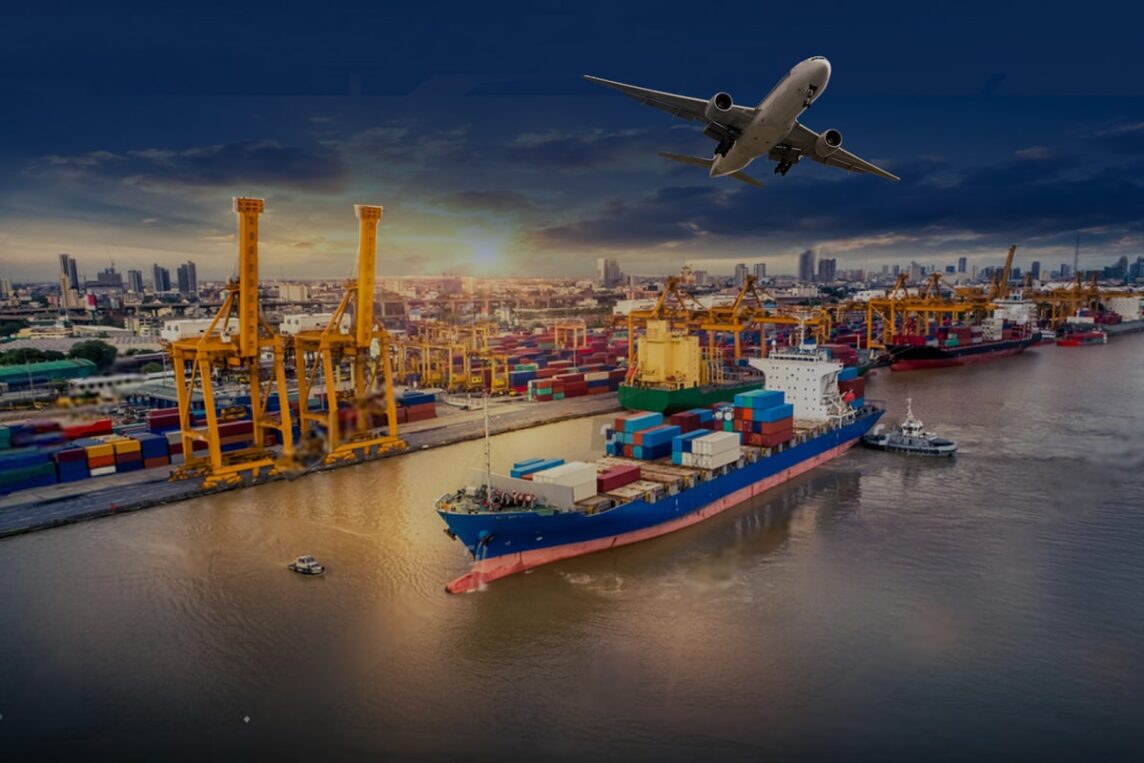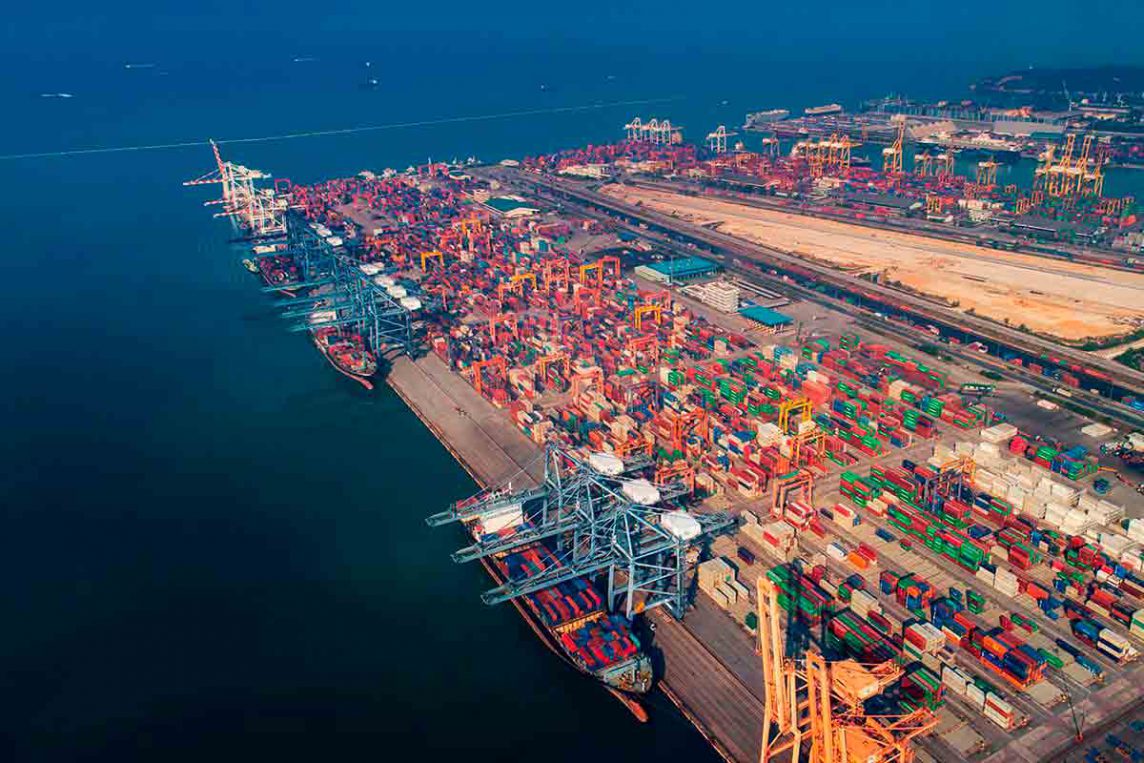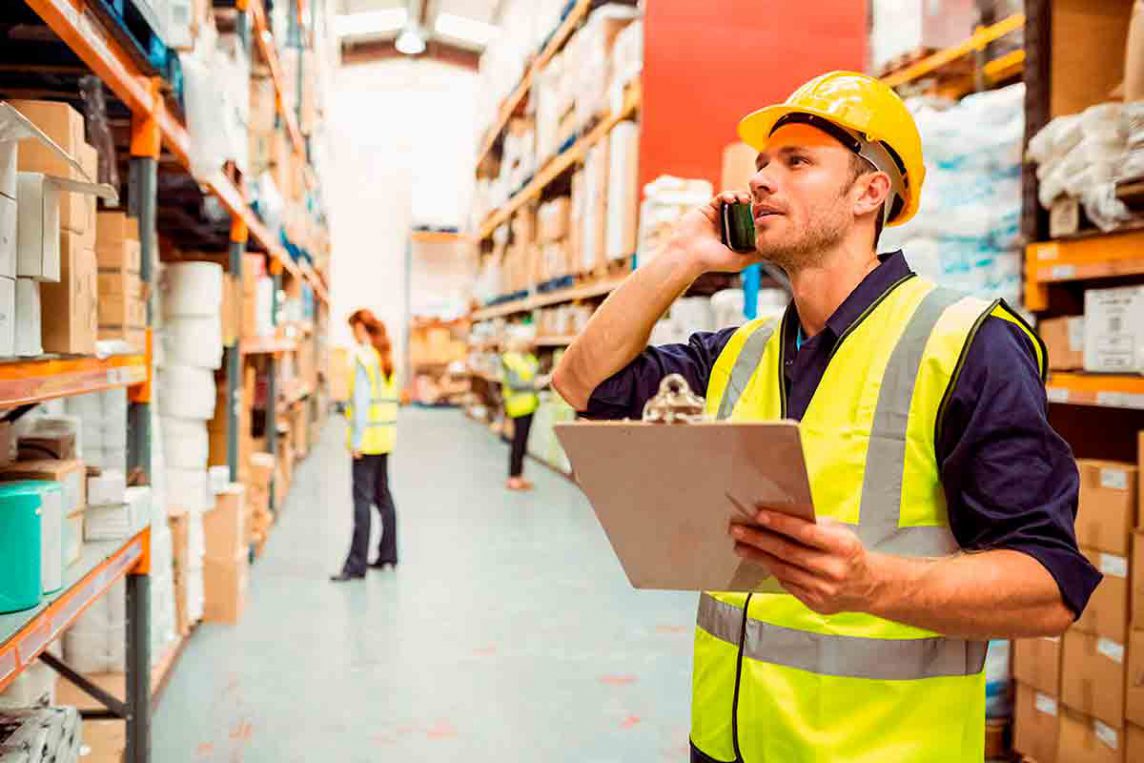One of the last things a US based importer wants to hear is that the goods they have spent so much time, effort and money on importing would not be available at the expected time and that really throws spanner in the works. Savvy importers keep the FDA process in mind and manage their delivery schedules with the buyers.
One of the last things a US based importer wants to hear is that the goods they have spent so much time, effort and money on importing would not be available at the expected time and that really throws spanner in the works. If not planned for before starting the import process, Food and Drug Administration (FDA) review and exams cause one such unexpected delay.
 FDA Process – Make Your Peace
FDA Process – Make Your Peace
This lack of planning is a lot more of a common occurrence for new importers than one would expect. This is especially true in this new pandemic age when a lot of importers, previously importing non FDA goods, have branched out and started importing PPEs and sanitary products to help cope with the increased demands and fill up the drained stockpiles. As most of these products are regulated by the FDA, importers need to keep in mind that these would need clearance from the FDA as well as US Customs – a fact that gets overlooked and can cause problems with timely order fulfillment.
While a shipment can be Customs cleared in minutes or you are notified that an exam would take place, FDA review takes time. Unlike Customs hold/exam, you can pick up the cargo and take it to your warehouse as long as it is within reasonable distance from port of entry. Even though the cargo is in your possession sitting in your warehouse, goods are not allowed to be distributed until they have been cleared by FDA.
Ignored FDA Process? All Bets Are Off
 It can take anything between one day or five business days or even more to see release or notification of an FDA exam, depending upon multiple factors such as FDA staff’s workload, availability of compliance review staff, shipment’s paperwork review etc. Until that happens your shipment is in a state of limbo. It cannot be sold on the market shelves or distributed to the final buyers, a factor that if not taken into account well in advance, could lead to order cancellations, demands for discounts or buyer frustration at the very least.
It can take anything between one day or five business days or even more to see release or notification of an FDA exam, depending upon multiple factors such as FDA staff’s workload, availability of compliance review staff, shipment’s paperwork review etc. Until that happens your shipment is in a state of limbo. It cannot be sold on the market shelves or distributed to the final buyers, a factor that if not taken into account well in advance, could lead to order cancellations, demands for discounts or buyer frustration at the very least.
This can become even more of an issue when shipments are moving in-land or further away from the entry port. As mentioned earlier, it is recommended that the cargo should stay within reasonable distance from port in case FDA staff has to physically examine the cargo. In such situations, importers have to hire a warehouse or a storage facility close to the port so the cargo can stay there till release has been notified. It can sit there for days, weeks even. That does not only mean more delays but more importantly – additional costs.
Preempt the Uncertainty
Savvy importers keep these possible delays and costs in mind when chalking out their schedules, so they have more time before an order is due and arrangements made for storage if need be. Another good practice is to not only be aware of these possibilities but communicate them with your buyers in advance so they can plan accordingly as well.
If you want to learn more or have specific queries relating to FDA processes, drop TEU Global (www.teuinc.com) an email at import@teuinc.com , or call us at +1 732-515-9040.

